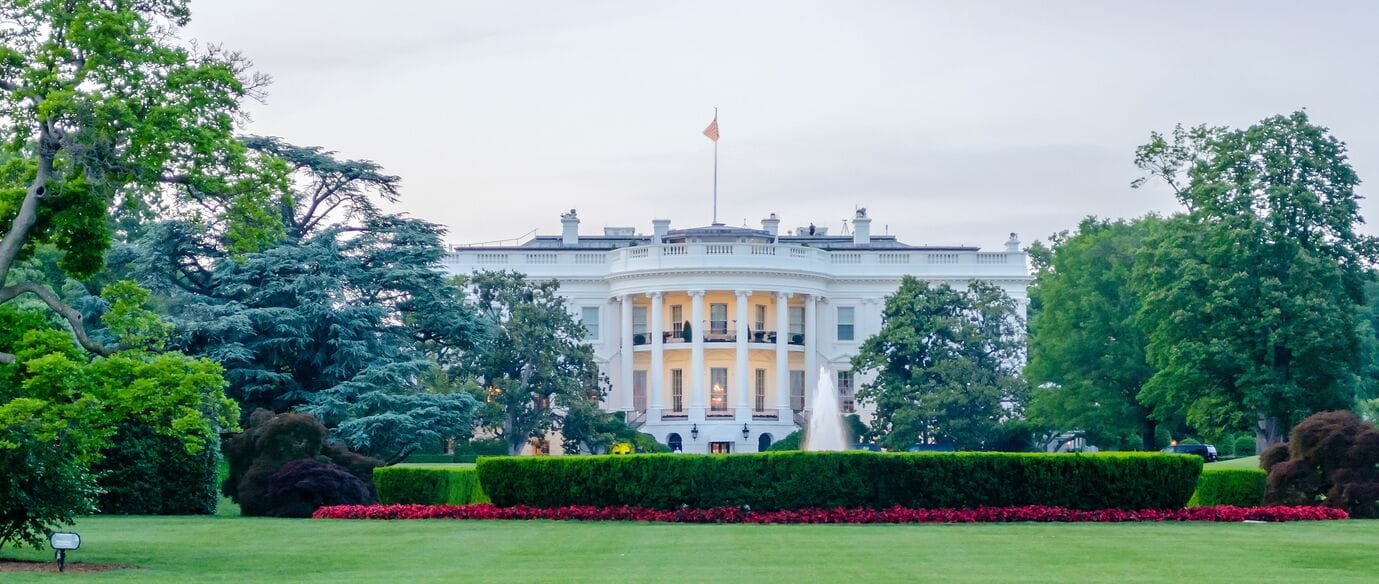
Reflecting on President Trump’s first 100 days in office
 Search
Search


 Search
Search

In a case that will be of interest to all developers and funders of UK infrastructure and energy projects, Orsted West of Duddon Sands v HMRC [2025] (previously known as Gunfleet Sands v HMRC), the Court of Appeal held that the taxpayer could claim capital allowances for a wide range of predevelopment costs incurred on offshore windfarm projects, and not just the purchase and installation of plant and machinery.
Capital allowances are the tax equivalent of depreciation, allowing expenditure on capital assets to be deducted as an expense when calculating trading profits. In order to qualify for plant and machinery allowances, the expenditure must be incurred on “the provision of plant or machinery”.
The taxpayers were related companies who carried out preliminary studies associated with the design and installation of offshore windfarms. The studies ranged from ornithology and marine mammal studies to geophysical and geotechnical investigations. All courts and tribunals agreed that the wind turbines and array cabling were “plant”; the question was whether the preliminary studies were the “provision of plant”. Applying a test of necessity and remoteness, the FTT held that some of the studies qualified for capital allowances, but not others. On appeal, the UT construed the statutory words more strictly and held that none of the studies were the provision of plant.
On further appeal to the Court of Appeal, Newey LJ said that where the plant is bespoke, the cost of designing it must be the provision of plant. It was already established that installation costs could qualify for plant and machinery allowances, and Newey LJ said that these costs weren’t limited to the process of installation but also included costs informing how installation should take place. Accordingly, the Court of Appeal held that capital allowances can be claimed if the expenditure:
The breadth of the first condition allowed Newey LJ to conclude that nearly all of the preliminary studies were the provision of plant. Some studies e.g. benthos and marine mammal studies led to mitigation measures (such as limiting construction work to particular times of year) in the installation process. Other studies e.g. geophysical and geotechnical studies fed into the design of the wind turbines and their bases. The fact that some studies e.g. ornithology and collision risk studies did not result in a change to the design of the wind turbines or to their location did not mean that these studies did not inform the design, meaning that these studies were also the provision of plant.
Authored by Tom Eyre-Brook and Laura Hodgson.